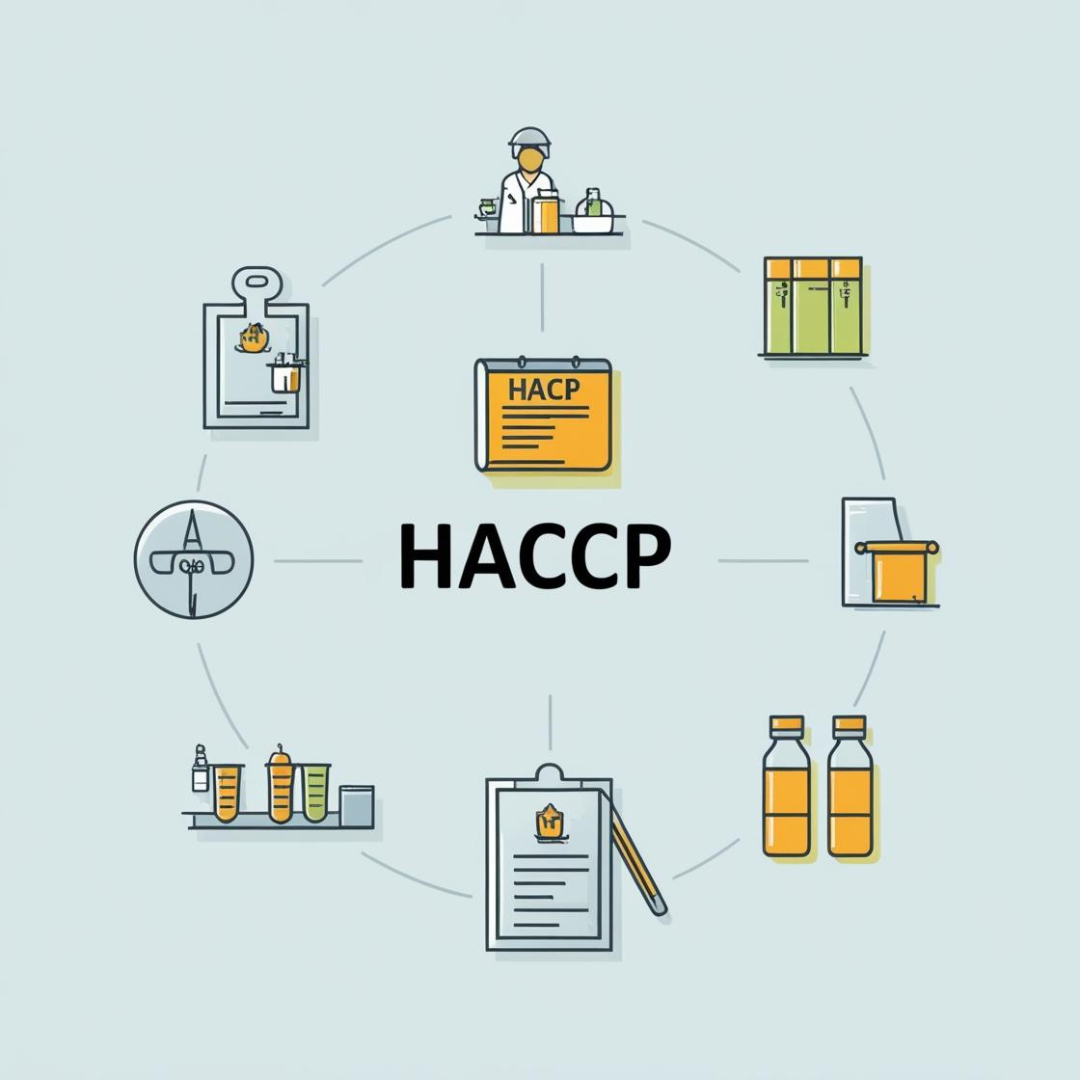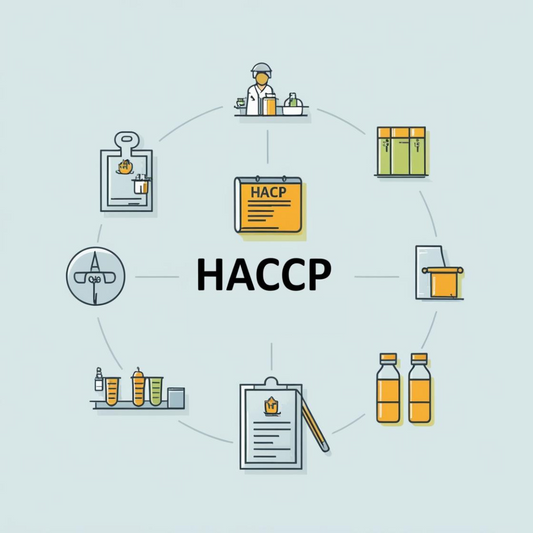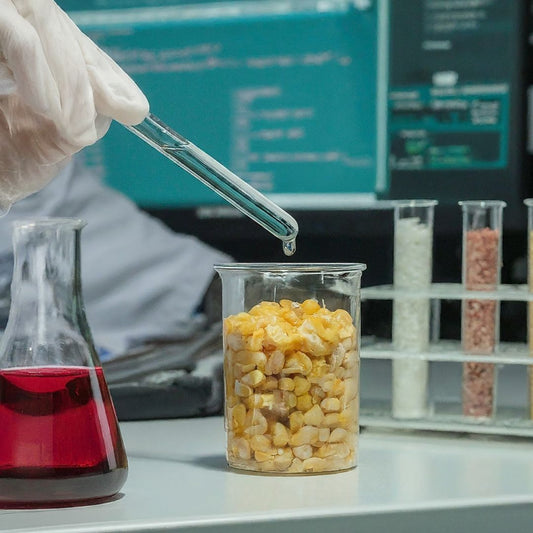Biofortification
Share
Biofortification is the process of increasing the nutritional value of crops through biological methods such as selective breeding, genetic engineering, or agronomic practices. The aim is to address micronutrient deficiencies, particularly in populations that rely heavily on staple foods with low nutrient content.
How It Works
1. Selective Breeding: Crossbreeding high-yield crops with nutrient-rich varieties.
2. Genetic Engineering: Introducing genes that enhance nutrient content, e.g., inserting Vitamin A genes into rice.
3. Agronomic Practices: Adding micronutrient-rich fertilizers to soil to enhance nutrient uptake in crops.
Real-Time Examples of Biofortification
1. Golden Rice
Nutrient Enriched: Vitamin A
Details: Golden rice is genetically modified to produce beta-carotene, a precursor to Vitamin A. It is aimed at combating Vitamin A deficiency, which can lead to blindness and immune deficiencies.
Region: Adopted in countries like the Philippines and Bangladesh.
2. Iron-Fortified Pearl Millet
Nutrient Enriched: Iron and Zinc
Details: Pearl millet with higher iron content has been developed to fight anemia and zinc deficiency in regions like India and Africa.
Region: Widely used in India’s agricultural sectors.
3. Provitamin A Cassava
Nutrient Enriched: Vitamin A
Details: Cassava is biofortified with higher levels of beta-carotene to combat Vitamin A deficiency. It is a staple food in many African countries.
Region: Nigeria, Kenya, and Uganda.
4. Orange-Fleshed Sweet Potato (OFSP)
Nutrient Enriched: Vitamin A
Details: OFSP contains naturally high beta-carotene levels and is promoted in Sub-Saharan Africa to address Vitamin A deficiencies.
Region: Africa, specifically Mozambique and Uganda.
5. Zinc-Rich Wheat
Nutrient Enriched: Zinc
Details: Developed by the International Maize and Wheat Improvement Center (CIMMYT), this wheat variety combats zinc deficiency, critical for immune function.
Region: Used in South Asia, particularly India and Pakistan.
6. High-Iron Beans
Nutrient Enriched: Iron
Details: Iron-biofortified beans are developed for populations with high anemia prevalence.
Region: Adopted in Rwanda, Uganda, and Democratic Republic of Congo.
7. Biofortified Bananas
Nutrient Enriched: Iron and Vitamin A
Details: These bananas are developed using biotechnology to reduce anemia and Vitamin A deficiency.
Region: Popular in Uganda and East African regions.
Benefits of Biofortification
1. Sustainable Solution: Targets the nutrient problem at the source.
2. Cost-Effective: Once developed, seeds can be reused by farmers, reducing long-term costs.
3. Wide Reach: Targets staple foods consumed by the masses.
4. Improved Health: Reduces malnutrition, anemia, and other micronutrient deficiency disorders.
Challenges
Consumer Acceptance: Some people resist genetically modified biofortified crops.
Distribution and Awareness: Reaching remote populations and educating them about biofortified crops is difficult.
Policy and Regulation: Stricter regulations in some countries delay the adoption of biofortified crops.
Future Potential
Biofortification is expected to play a vital role in combating global malnutrition, particularly in developing countries. Its integration with modern agricultural practices and nutrition programs can create a sustainable and healthier future.
How It Works
1. Selective Breeding: Crossbreeding high-yield crops with nutrient-rich varieties.
2. Genetic Engineering: Introducing genes that enhance nutrient content, e.g., inserting Vitamin A genes into rice.
3. Agronomic Practices: Adding micronutrient-rich fertilizers to soil to enhance nutrient uptake in crops.
Real-Time Examples of Biofortification
1. Golden Rice
Nutrient Enriched: Vitamin A
Details: Golden rice is genetically modified to produce beta-carotene, a precursor to Vitamin A. It is aimed at combating Vitamin A deficiency, which can lead to blindness and immune deficiencies.
Region: Adopted in countries like the Philippines and Bangladesh.
2. Iron-Fortified Pearl Millet
Nutrient Enriched: Iron and Zinc
Details: Pearl millet with higher iron content has been developed to fight anemia and zinc deficiency in regions like India and Africa.
Region: Widely used in India’s agricultural sectors.
3. Provitamin A Cassava
Nutrient Enriched: Vitamin A
Details: Cassava is biofortified with higher levels of beta-carotene to combat Vitamin A deficiency. It is a staple food in many African countries.
Region: Nigeria, Kenya, and Uganda.
4. Orange-Fleshed Sweet Potato (OFSP)
Nutrient Enriched: Vitamin A
Details: OFSP contains naturally high beta-carotene levels and is promoted in Sub-Saharan Africa to address Vitamin A deficiencies.
Region: Africa, specifically Mozambique and Uganda.
5. Zinc-Rich Wheat
Nutrient Enriched: Zinc
Details: Developed by the International Maize and Wheat Improvement Center (CIMMYT), this wheat variety combats zinc deficiency, critical for immune function.
Region: Used in South Asia, particularly India and Pakistan.
6. High-Iron Beans
Nutrient Enriched: Iron
Details: Iron-biofortified beans are developed for populations with high anemia prevalence.
Region: Adopted in Rwanda, Uganda, and Democratic Republic of Congo.
7. Biofortified Bananas
Nutrient Enriched: Iron and Vitamin A
Details: These bananas are developed using biotechnology to reduce anemia and Vitamin A deficiency.
Region: Popular in Uganda and East African regions.
Benefits of Biofortification
1. Sustainable Solution: Targets the nutrient problem at the source.
2. Cost-Effective: Once developed, seeds can be reused by farmers, reducing long-term costs.
3. Wide Reach: Targets staple foods consumed by the masses.
4. Improved Health: Reduces malnutrition, anemia, and other micronutrient deficiency disorders.
Challenges
Consumer Acceptance: Some people resist genetically modified biofortified crops.
Distribution and Awareness: Reaching remote populations and educating them about biofortified crops is difficult.
Policy and Regulation: Stricter regulations in some countries delay the adoption of biofortified crops.
Future Potential
Biofortification is expected to play a vital role in combating global malnutrition, particularly in developing countries. Its integration with modern agricultural practices and nutrition programs can create a sustainable and healthier future.





